When you start reading about Japan’s rich history, you’ll discover ancient customs and cultural transformations throughout the centuries. These history books also offer the opportunity to hear personal accounts from Japanese citizens who wish to honor the beauty of their homeland, as well as inspiring narratives about courageous individuals who persevered in times of conflict.
Whether you're already knowledgeable on Japanese history or you're curious to gain a basic introduction to Japan, you’ll gain valuable insight into how this sophisticated country became the vibrant and thriving place that it is today by picking up these enlightening Japanese history books. Each offers a unique perspective focusing on pivotal events, distinguished leaders and valued philosophies that continue to influence the nation’s identity as it has evolved.
Enjoy exploring these 10 nonfiction Japanese history books that offer readers a window into Japan’s intriguing past and present, where you’ll encounter the complexity and beauty of this innovative country.
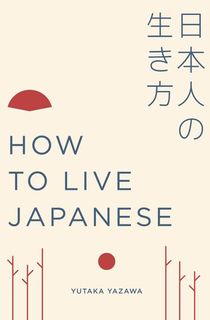
How to Live Japanese
Regardless of the prior knowledge readers may have of Japanese culture, they will most likely walk away having learned something new from this entertaining and informative examination of Japanese history, customs and cuisine. Learn about traditions in the country's various regions, from the bustling metropolis of Tokyo to the forests that cover two-thirds of Japan. Discover the intricate art of tea-making and the significance of kintsugi, the act of repairing cracked pottery with gold lacquer that embraces imperfections rather than hides them.
Author Yutaka Yazawa describes cherished practices and ceremonies while elucidating how they reflect the philosophies of Japanese citizens. The balancing of historical information with interesting modern-day factoids allows readers to deepen their knowledge of Japan without feeling bogged down by the copious amounts of information that this accessible book offers.
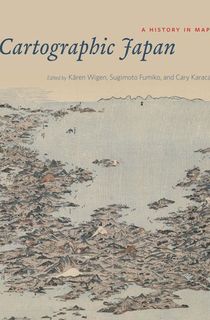
Cartographic Japan
Cartographic Japan compiles 58 short essays interspersed with illustrations that investigate Japan’s history by analyzing various maps from the late 16th century to the present day, arguing that each represents a glimpse into the political and cultural context of the period.
Each map reveals the transformations the country has undergone throughout the centuries while discussing how the maps were created, read and utilized in the past. This ambitious project is an impressive contribution to cartographic history that scholars and anyone interested in maps and geography will enjoy.

Emperor of Japan
Deemed the “best history in English of the emergence of modern Japan” by the Los Angeles Times, literary scholar of Japan Donald Keene presents an enthralling biography of Emperor Meiji, who began his rule in 1867 and transformed Japan into an industrialized world power.
From diary excerpts and letters from those acquainted with the emperor to the poems Meiji personally penned, among various secondary sources, Keene paints a picture of a complex ruler who’s often been depicted in contradictory ways by other academics. Readers will walk away with a clearer understanding of this mysterious historical figure and better apprehend Japan’s modernization and journey to becoming a notable imperial nation.
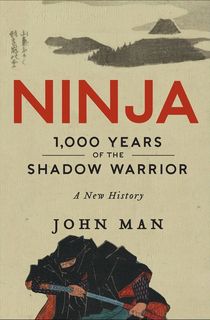
Ninja
While you might already have an image in your mind when you hear the term “ninja,” most likely shaped by misrepresented pop cultural references that suggest ninjas should be able to miraculously fly or walk on water, author John Man aims to clarify the authentic identity of the skilled and disciplined warriors who diligently trained in the art of ninjutsu.
The author describes the origins of ninjas and their transformation throughout history to their modern-day influence by discussing the Nakano Spy School, a secret military intelligence academy used during World War II. Man also introduces us to a former Nakano soldier, Onoda Hiroo, who has since passed away but who the author contends should have been considered one of the last surviving ninjas of his time.
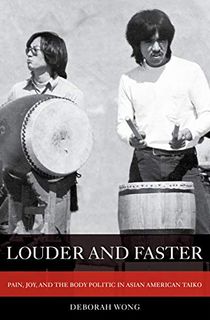
Louder and Faster: Pain, Joy, and the Body Politic in Asian American Taiko
Taiko is an ancient drumming tradition which originated in Japan and allows performers to create powerful, thunderous music. A passionate former taiko performer, author Deborah Wong specifically examines Asian American taiko through her ethnographic work and studies how this custom intertwines with Japanese American identity and politics.
Not solely reflecting upon the act of drumming but also the instruments, costumes and diverse group of individuals who participate in the tradition, Wong investigates how this meaningful phenomenon can be viewed as a form of activism.
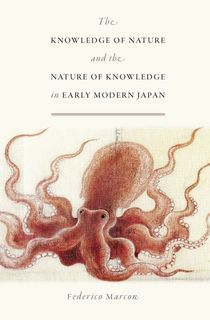
The Knowledge of Nature and the Nature of Knowledge in Early Modern Japan
In this detailed study, Italian historian of Japan Federico Marcon discusses the field of natural history in Japan, known as honzogaku. Contrary to popular belief, Japanese natural history did not yield to Western science due to suppression, but rather developed innately due to its independent findings.
This is an essential read for historians and those interested in learning more about Japanese and East Asian science, as it describes who the significant naturalists of the period were and the vital contributions they made.
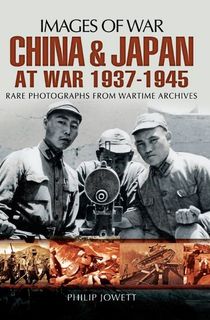
China and Japan at War, 1937–1945
Although often overlooked, the Sino-Japanese War from 1937-1945 between China and Japan was one of the most devastating World War II conflicts, resulting in millions of casualties on both sides. In this pictorial history, 200 photographs are included along with informative captions and prose that take readers through the entire war, from the Japanese invasion of China to America’s involvement to Japan’s eventual surrender.
You’ll get insight into the weaponry and equipment used during wartime and bear witness to the hardships of soldiers and civilians who were directly impacted by the brutal war.

Hiroshima Nagasaki
The Hiroshima and Nagasaki bombings are usually credited with hastening Japan’s surrender and are depicted as ultimately saving more lives by subsequently ending World War II. However, historian Paul Ham uses this intricately researched narrative to argue that the atomic bombs should not be portrayed as the reason for Japan’s eventual defeat and contends that the decision to use nuclear weapons was unnecessary and excessively cruel as they killed over 100,000 Japanese people, most of whom were civilians.
Additionally, the author gives voice to 80 survivors who witnessed the atrocity firsthand and works to counter postwar propaganda that defends America’s war tactics by altering the facts and concealing the truth of the suffering of hundreds of thousands of people who eventually succumbed to radiation-related sickness after the initial bombings. Ensuring that he treats the event with the dignity it deserves, Ham carefully deconstructs the various justifications for America’s abhorrent tactic through his meticulous analysis of the historical climate of the era. This is a necessary read for those who want a comprehensive account of one of the nation’s most ruthless acts of retaliation.
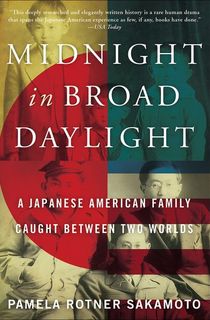
Midnight in Broad Daylight
A true account of loved ones torn apart during World War II, author Pamela Sakamoto tells the story of the Fukuhara family, a Japanese American family who found themselves divided after one of the siblings, Harry, moved back to America along with his sister, leaving his other brothers to remain in Hiroshima, where they had relocated after their father’s passing.
Later, a tragic event would occur: Pearl Harbor.
This forces Harry to reside in a Japanese internment camp until he decides to serve his country, becoming one of the most respected bilingual interpreters in the U.S. Army. Meanwhile, his brothers became soldiers in the Japanese Army. Already fully entrenched in the war, the Fukuhara family had no idea that the horrors of WWII could take more from them than it already had, but they were proved wrong after America decided to drop the atomic bomb on Hiroshima, where members of their family lived. It is a story that examines the impact of racism and xenophobia on Japanese Americans’ lives, portrays the difficulty of living as a second-generation immigrant who doesn’t feel fully accepted by either side of their identity, and reveals the heartbreaking ways that war’s animosity can attempt to destroy sacred bonds.
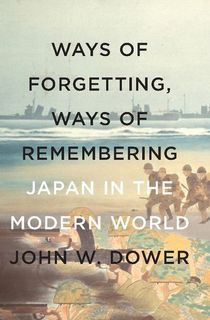
Ways of Forgetting, Ways of Remembering
Pulitzer Prize-winning author of Embracing Defeat and revered historian John W. Dower presents an 11-essay collection that explores the relations of America and Japan since World War II. Starting with a discussion of the unfairly discounted historian of prewar Japan, E.H. Norman, who eventually took his own life, Dower examines the ways history is remembered and forgotten, reconstructed and morphed, and encourages scholars to ask new questions.
Pivotal moments in Japan and America’s shared history are studied, while the issues of public history and its function in a modern democracy are also deliberated. Thought-provoking and insightful, these essays will give you a deeper understanding of Japanese history and will challenge readers to be perceptive of the way we misremember moments in history when we are unwilling to combat falsehoods that reinforce our biased perspectives.

